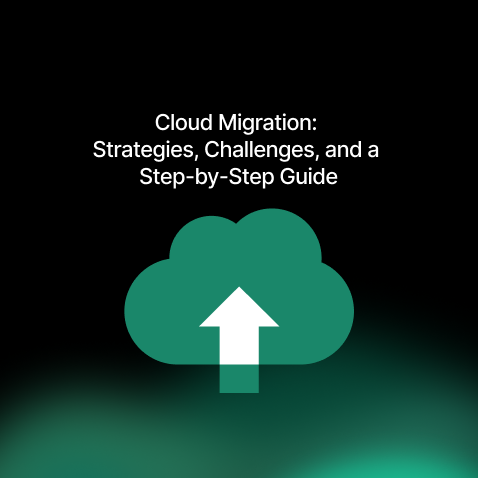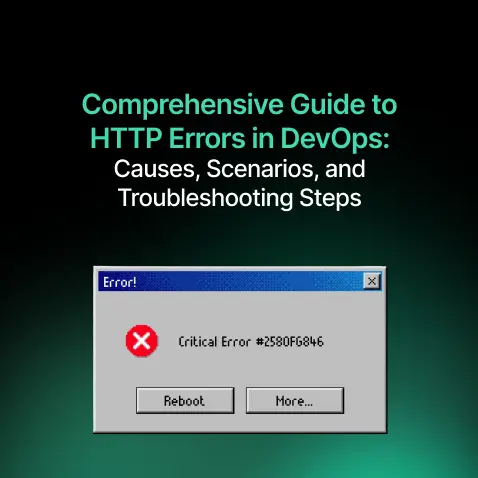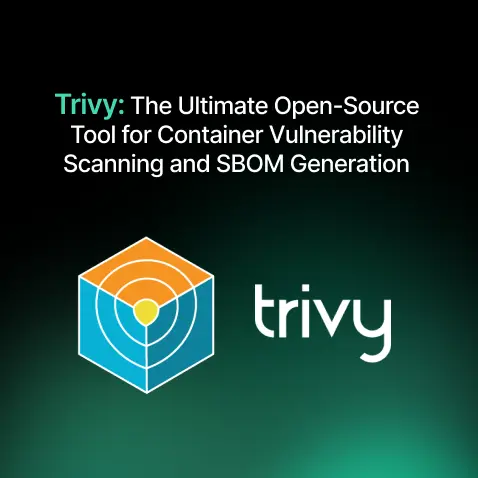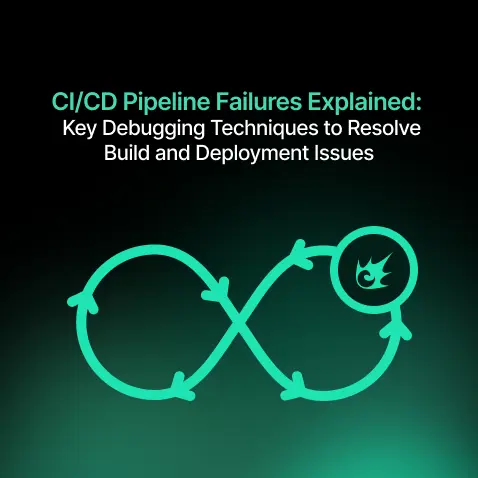Cloud Migration: Strategies, Challenges, and a Step-by-Step Guide
- Nitin Yadav
- Knowledge
About

Cloud migration is a transformative journey that offers unparalleled benefits for businesses.
Industries
- AWS, AWS WELL ARCHITECTED REVIEW
Share Via
Introduction
Organizations are increasingly moving their IT infrastructure to the cloud to take advantage of scalability, cost efficiency, and operational flexibility. However, cloud migration is a complex process that requires careful planning and execution. This guide explores the essential strategies, common challenges, and step-by-step processes for a successful cloud migration journey.
What is Cloud Migration?
Cloud migration is the process of transferring an organization’s digital assets—including applications, databases, IT resources, and services—from on-premises infrastructure or other environments to a cloud platform. This can also involve moving workloads between cloud providers, known as cloud-to-cloud migration.
By adopting a cloud migration strategy, businesses can leverage the operational efficiencies, flexibility, and scalability offered by cloud platforms like AWS, Google Cloud, and Microsoft Azure.
Key Benefits of Cloud Migration
- Scalability: Cloud platforms can scale seamlessly to support growing workloads and user demands, unlike traditional on-premises environments.
- Cost Optimization: Reduce operational overhead with managed services, saving on hardware, maintenance, and energy costs.
- Enhanced Performance: Cloud-hosted applications benefit from global server locations, reducing latency and improving the end-user experience.
- Flexibility and Accessibility: Enable teams to access data and applications from anywhere, supporting remote work and enhancing collaboration.
- Business Continuity: Cloud solutions provide disaster recovery and backup options to ensure minimal downtime and data loss.
Common Challenges in Cloud Migration
- Lack of Strategy: Without a clear roadmap, organizations risk delays, budget overruns, and suboptimal results.
- Cost Management: Unmonitored cloud usage can lead to unexpected expenses, undermining cost-saving goals.
- Vendor Lock-In: Moving between cloud providers can be complex and costly, making it essential to choose the right platform upfront.
- Data Security and Compliance: Migration introduces risks, such as data breaches and misconfigured access controls. Ensuring compliance with regulations like GDPR and HIPAA is critical.
- Application Compatibility: Not all applications are cloud-ready, requiring refactoring or rearchitecting to align with cloud-native features.
Cloud Migration Strategies
The “7 Rs” framework offers actionable strategies for migrating workloads:
- Refactor/Re-architect: Modify the application to take full advantage of cloud-native features, improving agility and scalability.
- Replatform (Lift and Reshape): Migrate applications with minor optimizations to utilize core cloud benefits.
- Repurchase (Drop and Shop): Replace existing applications with SaaS alternatives.
- Rehost (Lift and Shift): Move applications to the cloud without making changes, focusing on speed and simplicity.
- Relocate: Transfer entire workloads at the hypervisor level, often using solutions like VMware Cloud.
- Retain: Keep certain workloads on-premises or in their current environment due to business or technical constraints.
- Retire: Decommission outdated applications that are no longer needed.
Step-by-Step Guide to Cloud Migration
1. Prepare
- Assess your current IT infrastructure.
- Identify workloads and applications suitable for migration.
- Build a business case with clear goals, such as reducing costs or improving performance.
2. Plan
- Create a detailed migration roadmap, prioritizing workloads based on criticality.
- Address compliance, security, and performance requirements.
- Choose the right cloud architecture and identify any dependencies.
3. Migrate
- Use migration techniques like lift-and-shift, replatforming, or refactoring based on workload needs.
- Monitor the migration process to ensure data integrity and minimal disruption.
4. Operate
- Manage workloads in the cloud with real-time monitoring tools.
- Ensure compliance with data security regulations.
- Optimize performance and availability to meet recovery objectives.
5. Optimize
- Refine cloud operations to reduce costs and enhance efficiency.
- Implement automation tools for resource management.
- Continuously monitor and improve cloud workloads.
How SquareOps Can Help
At SquareOps, we specialize in end-to-end cloud migration services tailored to your business needs. Our experts ensure a seamless transition with minimal risk, leveraging industry best practices and leading tools to optimize your cloud operations.
Our Services Include:
- Cloud readiness assessment.
- Migration strategy development.
- Secure and compliant workload migration.
- Post-migration optimization and support.
Conclusion
Cloud migration is a transformative journey that offers unparalleled benefits for businesses. By adopting a structured strategy and leveraging the right tools, organizations can overcome migration challenges and unlock the full potential of the cloud. With SquareOps as your trusted partner, your cloud migration journey will be seamless, secure, and tailored to drive business success.
Frequently asked questions
Cloud migration refers to the process of transferring digital assets, like applications and databases, to a cloud-based environment.
Key benefits include scalability, cost efficiency, improved performance, and better digital experiences.
The 7 Rs include Refactor, Replatform, Repurchase, Rehost, Relocate, Retain, and Retire, each representing a migration approach.
Preparation involves setting business objectives, assessing IT infrastructure, and determining cloud readiness.
Challenges include developing a clear strategy, managing costs, avoiding vendor lock-in, and ensuring data security.
This phase involves creating a detailed roadmap, choosing the right architecture, and addressing security and compliance requirements.
Data migration techniques include lift-and-shift, refactoring, or completely rebuilding applications to align with cloud-native features.
The operate phase ensures workloads run smoothly in the cloud, with continuous monitoring, compliance checks, and resource management.
Optimization focuses on enhancing cloud performance, reducing costs, and leveraging cloud-native features to drive business value.
Cloud migration supports scalability, innovation, and cost savings while enabling businesses to adapt to modern digital demands.
Related Posts

Comprehensive Guide to HTTP Errors in DevOps: Causes, Scenarios, and Troubleshooting Steps
- Blog

Trivy: The Ultimate Open-Source Tool for Container Vulnerability Scanning and SBOM Generation
- Blog

Prometheus and Grafana Explained: Monitoring and Visualizing Kubernetes Metrics Like a Pro
- Blog

CI/CD Pipeline Failures Explained: Key Debugging Techniques to Resolve Build and Deployment Issues
- Blog

DevSecOps in Action: A Complete Guide to Secure CI/CD Workflows
- Blog

AWS WAF Explained: Protect Your APIs with Smart Rate Limiting
- Blog

